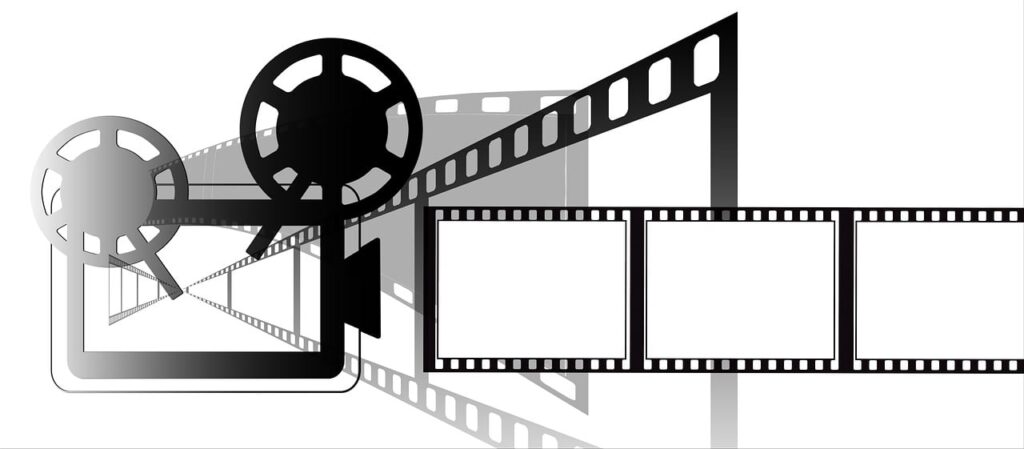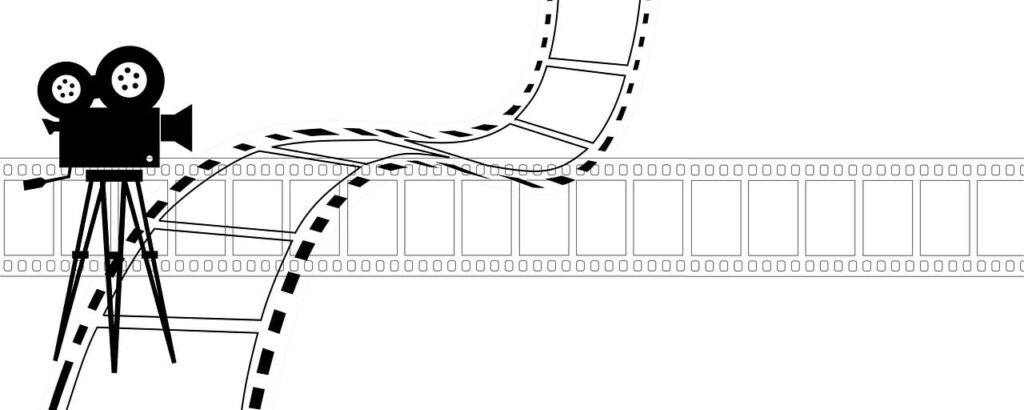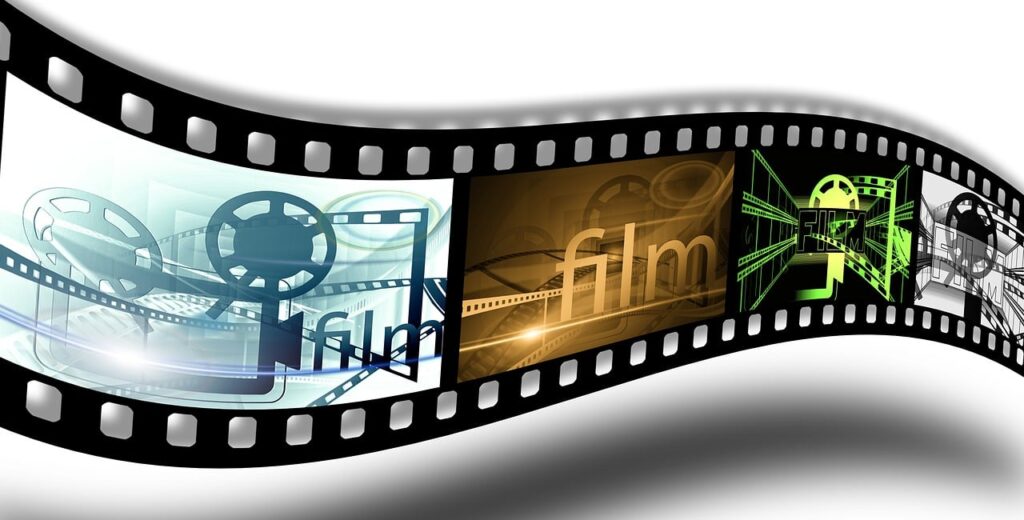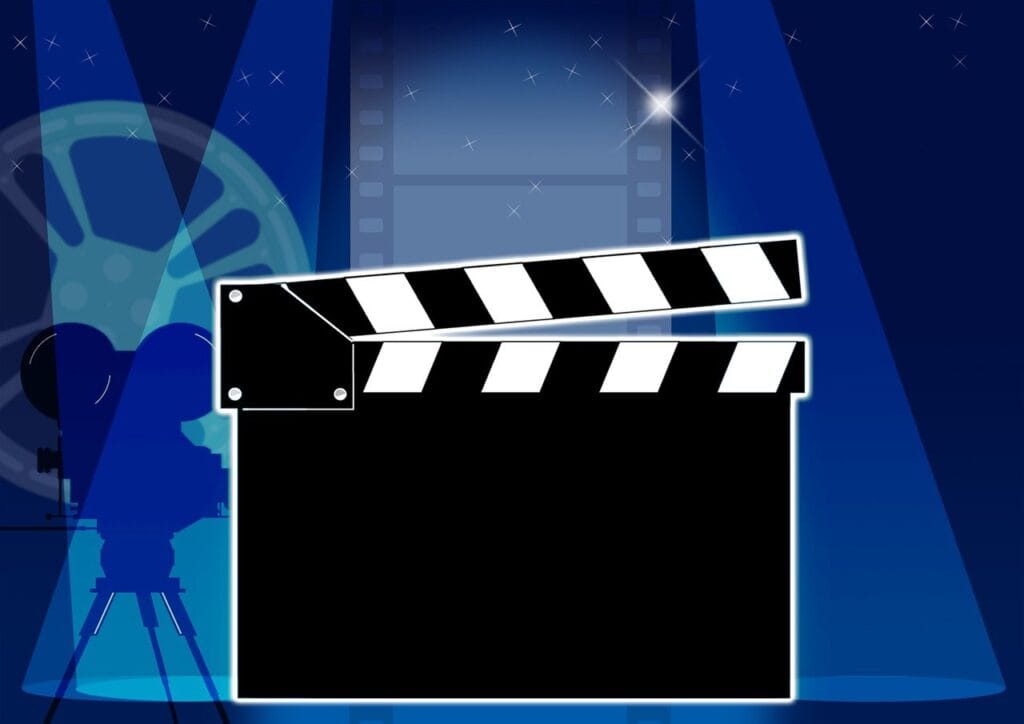The movie business, when you truly stop to ponder it, is an exceptionally strange beast. Before the advent of streaming fundamentally reshaped our consumption habits, films – the painstakingly crafted culmination of countless artists pouring metric tons of time, energy, and yes, love into their creation – often had an incredibly narrow window, sometimes just two to three weekends at most, to earn back their investment and make a profit. It’s a precarious business model, one inherited directly from the live theater world, and it means that many films we now consider stone-cold classics actually bombed dramatically at the box office before eventually finding their much-deserved longer shelf life through home video, the internet, and continuous critical re-evaluation.
This paradox is one of the most fascinating aspects of film history. How can a movie universally cherished today, dissected in film schools, and beloved by millions, have once been considered a financial disaster? It speaks to a profound disconnect between immediate commercial viability and lasting artistic merit, a testament to the idea that true greatness often needs time to marinate, to be discovered, and to truly resonate with an evolving audience. The narrative of a box office flop transforming into a cultural touchstone isn’t just a story of redemption; it’s a powerful reminder that not all successes are immediate, and that some of the most impactful art only reveals its true value in retrospect.
We embark on a captivating journey through cinematic history, revisiting fourteen such examples where the initial commercial reception was, shall we say, less than stellar. These are the films that defied the immediate verdict of ticket sales, languished in relative obscurity, or were actively misunderstood, only to rise from the ashes of financial disappointment and claim their rightful place in the hearts and minds of audiences everywhere. Prepare to be surprised by the humble beginnings of some of cinema’s most legendary achievements.
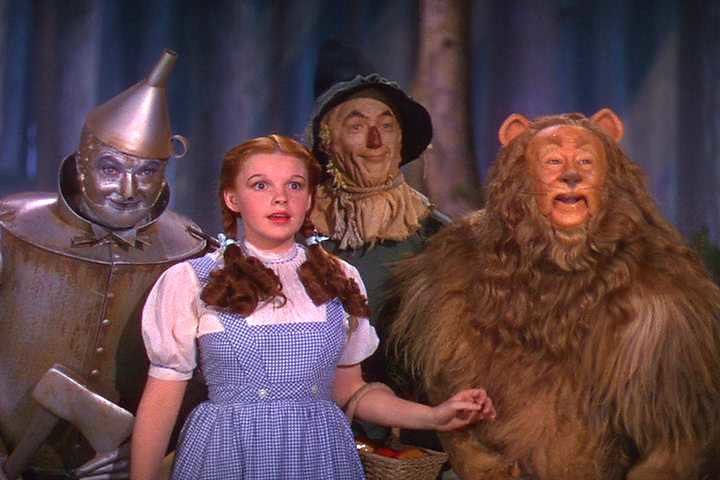
1. **The Wizard of Oz (1939)**
It’s nearly impossible to imagine a world without *The Wizard of Oz*, an undisputed classic that has inspired multiple generations of artists and audiences with its vibrant colors, unforgettable songs, and timeless themes. Judy Garland’s iconic portrayal of Dorothy skipping down the Yellow Brick Road to the Emerald City feels as ingrained in our collective consciousness as any fairy tale. Yet, this cinematic triumph did not, in fact, have an easy journey to its eventual legendary status, especially not in its initial theatrical run.
Despite grossing a solid $3 million, which would be approximately $66 million today when adjusted for inflation, *The Wizard of Oz* was not profitable for MGM. The high production costs associated with creating such a fantastical world, filled with elaborate sets, costumes, and groundbreaking Technicolor, meant that its initial revenue simply wasn’t enough to make it a financial success. As Judy Garland herself observed in her autobiography, “Fantasy is always a risk at the box office,” a sentiment that proved particularly prescient for this ambitious production.
It was only through a re-release in 1949 that public awareness of the film was truly revived. More significantly, numerous television broadcasts from the 1950s onward allowed *The Wizard of Oz* to finally find its place over the rainbow. These annual airings introduced the film to new generations, building its audience organically over decades, turning it from a costly studio venture into the beloved, enduring masterpiece we know today.
Read more about: The Director’s Chair: Unpacking the High-Stakes World of Hollywood Firings and How Creative Differences Reshaped Cinematic History
2. **Citizen Kane (1941)**For decades, Orson Welles’ *Citizen Kane* has been almost universally regarded as the greatest movie of all time, a groundbreaking work of cinematic art that pushed the boundaries of filmmaking in virtually every aspect. Its tragic drama about the rise and fall of a newspaper mogul, Charles Foster Kane, was a thinly veiled commentary on real-life figures like William Randolph Hearst and Joseph Pulitzer, and its narrative complexity and innovative visual style captivated critics from the outset. However, critical acclaim does not always translate into commercial success.
For decades, Orson Welles’ *Citizen Kane* has been almost universally regarded as the greatest movie of all time, a groundbreaking work of cinematic art that pushed the boundaries of filmmaking in virtually every aspect. Its tragic drama about the rise and fall of a newspaper mogul, Charles Foster Kane, was a thinly veiled commentary on real-life figures like William Randolph Hearst and Joseph Pulitzer, and its narrative complexity and innovative visual style captivated critics from the outset. However, critical acclaim does not always translate into commercial success.
Despite the enthusiastic reception from film critics, *Citizen Kane* failed to make back its budget during its initial release. Its challenging structure, the controversial nature of its subject matter, and a general lack of broad appeal meant that audiences simply didn’t flock to theaters. The film’s brilliance was undeniable to those who understood its artistry, but the public, by and large, remained uninterested in its sophisticated storytelling and dark thematic undertones.
The resurrection of *Citizen Kane* into public consciousness didn’t happen overnight; it was a decade later through re-appraisal by the French film press, particularly by critics associated with *Cahiers du Cinéma*, that its true genius was fully recognized and championed. Their passionate advocacy helped to establish its reputation, transforming it from a financial disappointment into an “enduring artistic achievement.” Even now, Welles’ “still-mesmerizing direction” and his “bullish performance as Charles Foster Kane” ensure its place as a titan of cinema, proving that some masterpieces require a longer cultural gestation period.
Read more about: Revisiting Box Office Bombs: How These Cinematic Gems Defied Initial Failure to Become Undeniable Masterpieces
3. **It’s a Wonderful Life (1946)**
Ask anyone to name a classic Christmas film, and Frank Capra’s *It’s a Wonderful Life* will undoubtedly be among the first mentioned. It is one of the greatest and most loved Christmas films of all time, a heartwarming tale of community, sacrifice, and the profound impact one life can have on many others, starring the incomparable James Stewart as George Bailey. Yet, this now-ubiquitous holiday tradition hardly gave its producers any yuletide cheer when it first graced screens.
When the movie was released in January 1947 – a timing the context wryly describes as “Awesome timing” for a Christmas film – it fell over half a million dollars short of its break-even point. This was a significant financial blow, pushing the film into the category of a box office flop, a far cry from the cultural institution it would eventually become. The initial audiences simply weren’t there in sufficient numbers to make it a commercial success, leading to its being shelved and largely forgotten for years.
The incredible story of how *It’s a Wonderful Life* became a cultural institution is almost as charming as the film itself. In short, a clerical error in 1974 caused the movie to enter the public domain, meaning it became super cheap to air on television. Networks seized this opportunity, playing it every holiday throughout the 1980s. It was during this period that George Bailey’s existential crisis and eventual triumph over adversity grew into a seasonal tradition for families everywhere, cementing its legacy not through initial box office success, but through persistent, widespread exposure.
Read more about: From Stand-Up Legends to Viral Sensations: Why 15 Classic Comedians Would Rule TikTok Today

4. **Willy Wonka & the Chocolate Factory (1971)**
For many, *Willy Wonka & the Chocolate Factory* is the definitive, most beloved adaptation of a Roald Dahl novel, a wondrously delicious favorite that continues to captivate new generations with its whimsical, often dark, charm. The late, great Gene Wilder’s performance as the eccentric chocolatier who invites five children to tour his legendary factory is iconic, creating a fantastical world that resonates deeply with audiences. However, the initial reception of this sweet cinematic treat was anything but golden.
When it opened in 1971, Mel Stuart’s film version of Dahl’s novel barely took a bite of the box office, significantly underperforming and grossing only $4 million. This figure, even by 1971 standards, placed *Willy Wonka* as just the 24th highest-grossing film that year, a clear indication of its commercial struggle. The Numbers report that with a $3 million production budget, it made little more than $1 million in profits at the box office, signaling a mild financial disappointment.
The film’s initial unpopularity was so pronounced that Paramount declined to renew its distribution years later, eventually selling it to Warner Bros. It was only after this change of hands, and long after its theatrical release, that *Willy Wonka* finally found an audience “hungry for its sugary charms and salted scares.” Continuous television airings and subsequent home video releases allowed the film to slowly build its cult following, proving that some films need time for their unique flavor to be truly appreciated.
Read more about: 14 Iconic ’70s Actors Who Were Totally Robbed of an Oscar (Seriously, How?!)
5. **Fight Club (1999)**
David Fincher’s *Fight Club*, starring Edward Norton and Brad Pitt in career-defining roles, is now recognized as a profoundly influential, artistically innovative, and witty psychological drama. Its transgressive portrait of modern male isolation, based on the Chuck Palahniuk novel, resonates with audiences, making it a constant presence in film school classrooms and a touchstone of late 90s cinema. Yet, this challenging and thought-provoking film, despite its eventual iconic status, failed to knock out the box office during its initial theatrical run.
*Fight Club*’s commercial struggle was largely attributed to confused marketing. The studio seemed uncertain how to position the film, leading to a strategy that included advertising it with the World Wrestling Federation, a move that director Fincher reportedly objected to. Was it an art film? Was it a dark action movie? No marketing executive could effectively “pin down Fight Club,” creating a disjointed promotional campaign that failed to connect with a broad audience.
Ultimately, *Fight Club* took in just a little over $37 million against a substantial budget of $63 million, marking it as a significant financial disappointment upon release. However, the film’s complex themes, unique visual style, and unforgettable performances ensured that after its initial release, all anyone could talk about was *Fight Club*. It found its audience not through initial marketing, but through word-of-mouth, critical re-evaluation, and its undeniable resonance with a generation grappling with consumerism and identity.
Read more about: Brad Pitt’s Shocking Passion: Unveiling His Hands-On Architectural Journey and Other Unseen Ventures
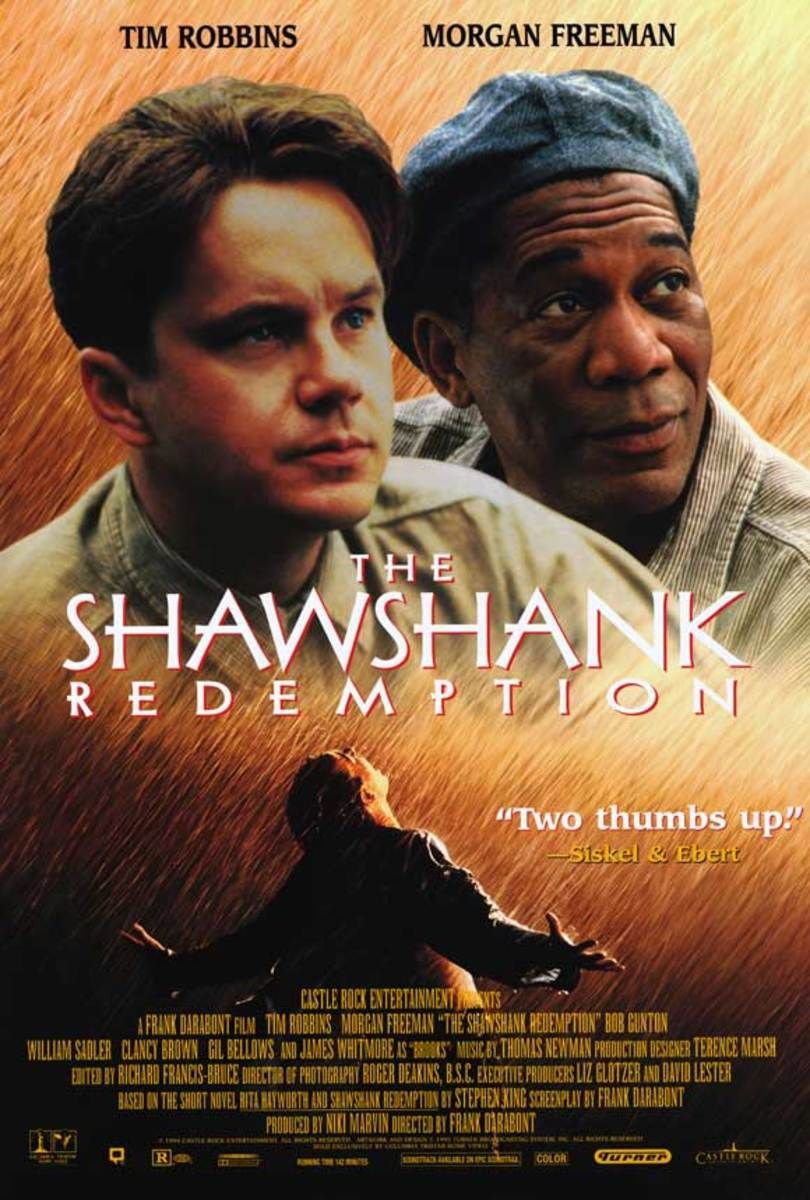
6. **The Shawshank Redemption (1994)**
Today, Frank Darabont’s *The Shawshank Redemption*, based on the Stephen King novella, stands as a towering achievement in cinema, hailed as the industry’s gold standard and the kind of work everyone in Hollywood strives to leave behind. It’s the undisputed favorite of dads and uncles everywhere, consistently topping “greatest movies” lists. However, it’s truly hard to imagine now that this beloved prison drama was not a commercial hit when it opened in September 1994.
Despite garnering plentiful Oscar nominations and receiving recognition as one of the greatest movies of the 1990s, few people actually saw it during its initial theatrical release. There’s a poignant true story of Darabont and producer Liz Glotzer attending its opening weekend at the Cinerama Dome in L.A., only to find themselves the sole occupants of the theater. This stark image perfectly encapsulates its initial commercial failure, where it made a profit just shy of $4 million on a $25 million budget.
Several factors are cited as reasons for its low box office performance: a bleak tone that might have deterred mainstream audiences, a somewhat unwieldy title that was a “mouthful,” stiff competition from cinematic juggernauts like *Pulp Fiction* and *Forrest Gump*, and a prevailing trend towards action movies at the time. Yet, the film’s powerful narrative of hope, resilience, and friendship proved enduring, eventually finding its massive audience through home video and cable television, transforming it into the timeless classic it is universally recognized as today.
Read more about: 15 Movie Character Deaths That Hurt Most: Unforgettable Moments With Wheeljack’s Passing & Casper’s Farewell

7. **Speed Racer (2008)**
Following their revolutionary but divisive *Matrix* trilogy, the Wachowskis ventured into a realm of artistic singularity with their adaptation of the iconic Japanese anime *Speed Racer* into live-action. Starring Emile Hirsch as the superstar race car driver who seeks to outrun the competition while staying loyal to his family’s garage, the film was a vibrant, kinetic, and utterly unique cinematic experience. It revved up the screen with a total onslaught to the senses, a visual spectacle unlike almost anything seen before. However, this artistic ambition proved to be somewhat bewildering for audiences at the time.
Upon its release, *Speed Racer* found itself struggling to connect with mainstream viewers, many of whom were left “delirious over its befuddling sur-reality.” The film’s highly stylized aesthetic, rapid-fire editing, and bright, almost artificial color palette were a significant departure from conventional filmmaking, proving too avant-garde for the average moviegoer. Against a budget of $60 million, it only managed to gross $33.2 million, making it a clear commercial disappointment for Warner Bros.
Yet, as with many artistically bold films that initially falter, time has been exceptionally kind to *Speed Racer*. In the years since its release, it has “won over cinephiles who now deem it to be a vastly underrated and misunderstood masterpiece.” Its innovative visual storytelling and earnest thematic core have been re-evaluated, recognizing it not as a failure, but as a prescient work that was perhaps simply ahead of its time, its influence subtly felt in the evolving landscape of visual effects and narrative ambition.
Read more about: The Real Cost of Speed: 14 Sports Cars & What Financial Experts REALLY Think About Your Investment

8. **Blade Runner 2049 (2017)**
Continuing the legacy of its predecessor, Denis Villeneuve’s *Blade Runner 2049* arrived as an ambitious, bold, and provocative cinematic statement. It aimed to expand the rich, dystopian world established by Ridley Scott, and in many critical circles, it succeeded admirably, earning widespread acclaim for its stunning visuals, intricate storytelling, and deep philosophical questions.
Yet, for all its artistic triumphs, *Blade Runner 2049* ultimately mirrored the original film’s fate at the box office, struggling to generate the kind of commercial returns its studio had hoped for. The film, which follows K (Ryan Gosling), an artificial “Replicant” and Blade Runner questioning his own humanity, was an expensive venture with an estimated budget of $150 million, but it only brought in a little over $92 million domestically.
Despite its financial shortcomings, the film is widely celebrated as a masterclass in modern science fiction. Co-starring Harrison Ford, Ana de Armas, Robin Wright, Mackenzie Davis, Jared Leto, and Dave Bautista, *Blade Runner 2049* is often heralded as a rare breed of sequel: one that strives for and achieves genuine originality, pushing boundaries rather than merely replicating past successes.
Read more about: Revisiting Box Office Bombs: How These Cinematic Gems Defied Initial Failure to Become Undeniable Masterpieces
9. **Blade Runner (1982)**
Before its sequel faced similar commercial headwinds, Ridley Scott’s original *Blade Runner* forged its path as a wildly influential sci-fi noir that, ironically, initially failed to ignite the box office. Based on a Philip K. Dick novel, this dark, philosophical tale of a bounty hunter — a “Blade Runner” played by a hard-boiled Harrison Ford — tracking down humanoid robots was perhaps too far ahead of its time for mainstream audiences.
Its theatrical release coincided with formidable competition from other cinematic juggernauts of 1982, including *E.T. the Extra-Terrestrial*, *Conan the Barbarian*, and *Star Trek II: The Wrath of Khan*. This intense battle for moviegoer attention meant that *Blade Runner* barely surpassed its $28 million budget by nearly $5 million domestically, a modest return that hardly reflected its groundbreaking artistry.
Today, however, the film’s outsized influence is inescapable, with its aesthetic, themes, and narrative threads woven into countless other movies, comic books, and video games. *Blade Runner* is now universally beloved, recognized for its profound impact on the science fiction genre, even if its commercial prospects have always seemed to be “lost in time, like tears in the rain.”
Read more about: Beyond the Script: 10 Jaw-Dropping Real-Life Incidents That Shaped Harrison Ford’s Legendary Persona
10. **The Iron Giant (1999)**
Brad Bird’s *The Iron Giant* is a genuinely moving throwback to the Silver Age of science fiction, telling the heartwarming story of a young boy who befriends a giant alien robot, voiced by the inimitable Vin Diesel. This beautifully animated film masterfully explores profound themes of identity, purpose, and peace in the face of war, captured by Bird’s poignant pitch to Warner Bros.: “What if a gun had a soul, and didn’t want to be a gun?”
Despite receiving through-the-roof test screenings and rave reviews from critics, the studio was seemingly caught off guard by the film’s quality and its unique appeal. Warner Bros. lacked a proper advertising campaign in place before its release in April 1999, which proved to be a significant detriment to its initial commercial performance.
Consequently, *The Iron Giant* cost Warner Bros. $70 million but only managed to rake in $23 million domestically during its theatrical run. It was only through the persistent power of home video, pay-per-view, and constant 24-hour holiday broadcasts on Cartoon Network that this overlooked gem truly found its audience, finally becoming the colossal classic it is now widely celebrated as.
Read more about: Decoding Pixar: How Innovation, Strategic Shifts, and Creative Vision Forged an Animation Empire
11. **Brazil (1985)**
Terry Gilliam, a filmmaker known for his distinctive vision, has unfortunately endured the pain of box office bombs more than once throughout his illustrious career, with films like *The Adventures of Baron Munchausen* and *The Zero Theorem* also struggling commercially. However, few movies in his filmography are as simultaneously celebrated as a classic and notorious as a financial failure as his 1985 sci-fi comedy, *Brazil*.
This absurdist, Kafkaesque exploration into the oppressive bowels of bureaucracy and the perils of unfettered capitalism proved too esoteric for mainstream audiences upon its initial release. *Brazil* failed to gross enough to make up its modest $15 million budget in its original theatrical run, a stark reminder that visionary art doesn’t always translate into immediate commercial returns.
Yet, time has been exceptionally kind to Gilliam’s masterpiece. *Brazil* is now widely regarded as one of the greatest British movies of all time, its influence subtly felt in the visual and thematic landscapes of modern franchises, from *Star Wars: The Last Jedi* to the Marvel series *Loki*. It stands as a testament to Gilliam’s unique genius, even if the world took a while to catch up.
Read more about: Decades Ahead: Unpacking the Sci-Fi Films That Eerily Predicted Our Modern Reality
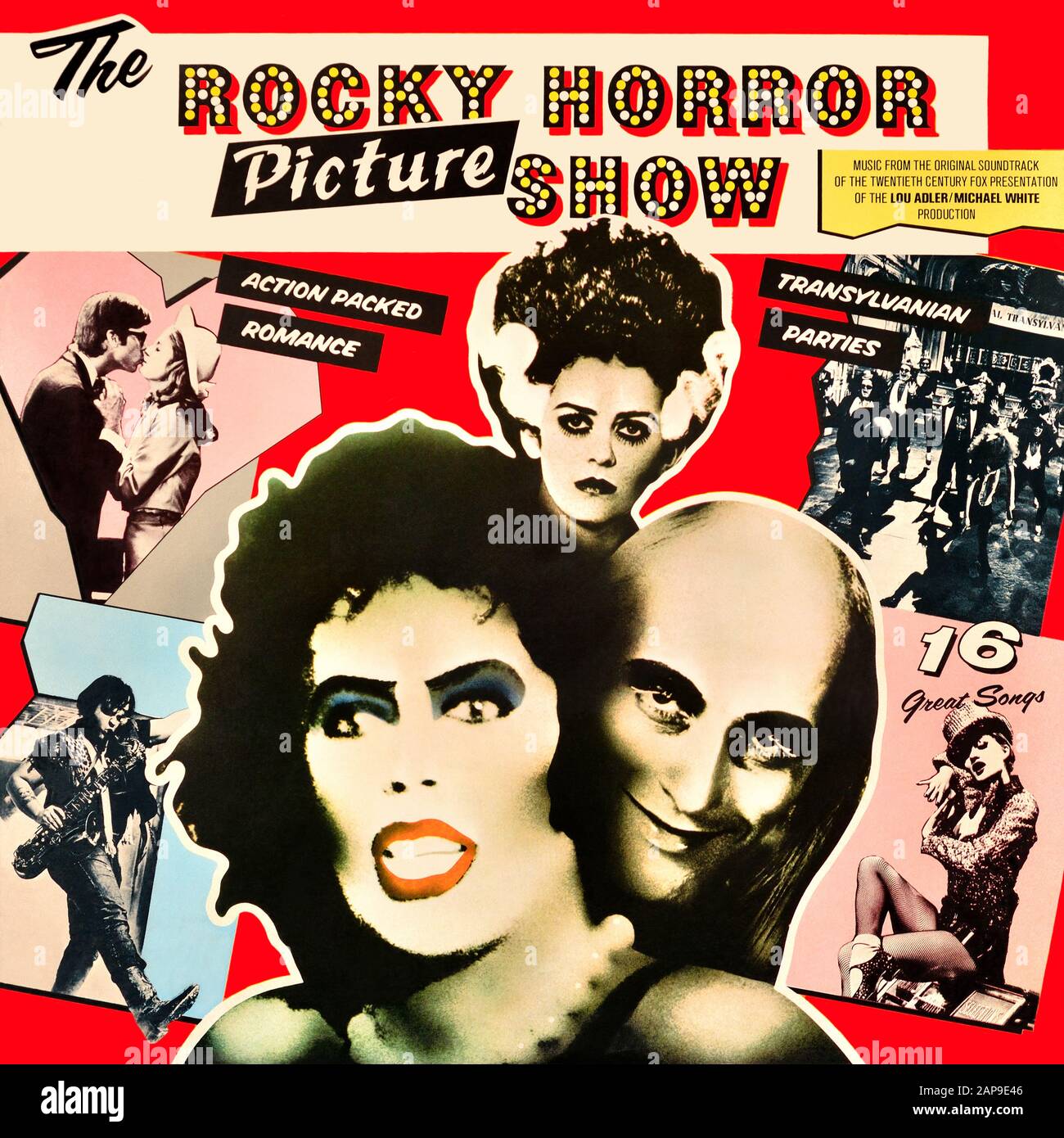
12. **The Rocky Horror Picture Show (1975)**
I saw you shiver with antici…pation for this one! Jim Sharman’s musical horror comedy, *The Rocky Horror Picture Show*, is a vibrant, anarchic experience that follows a newly engaged couple, Janet Weiss (Susan Sarandon) and Brad Majors (Barry Bostwick), who stumble upon the eccentric castle of the mad scientist Dr. Frank N. Furter, played in an unforgettable performance by Tim Curry.
Despite its eventual legendary status, the film was initially plagued by bad reviews and poorly attended early screenings in August 1975, which nearly doomed it to the cinematic scrap heap. A planned New York City premiere on Halloween night, ironically, even had to be canceled due to lack of interest, painting a bleak picture for its future.
However, *The Rocky Horror Picture Show* dramatically found a second, vibrant life in midnight screenings, where it transformed into an unparalleled interactive cultural phenomenon. Its lively, infectious energy invites audiences to come in costume, sing along, and dance, cementing *Rocky Horror*’s legacy as the definitive movie for the witching hour, a true cult classic that defies traditional box office metrics.
Read more about: Beyond the Screen: The Most Infamous Cinematic Moments That Ignited Chaos in Theaters and Triggered Real-World Turmoil
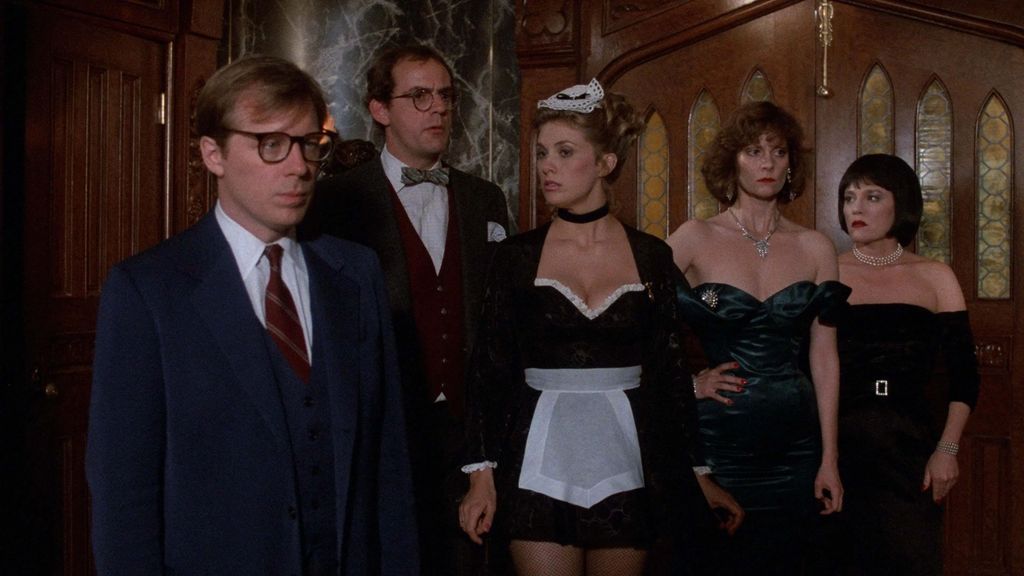
13. **Clue (1985)**
Jonathan Lyne’s *Clue*, a high-concept adaptation of the popular board game, didn’t exactly “kill it” at the box office when it opened in December 1985. Despite its clever premise and a stellar ensemble cast, the film struggled to find a large audience during its initial theatrical run, leaving many to believe it was merely a quirky experiment that didn’t quite land.
However, as with many films on this list, *Clue* found its true calling and passionate fanbase once it reached television and home video. Audiences, particularly millennials, fell head over heels for its irreverent humor, memorable one-liners – “Flames, on the side of my face!” – and, most uniquely, its novel multiple endings, which encouraged re-watching and discussion.
Today, *Clue* is no longer a forgotten curiosity but a beloved favorite, consistently celebrated at midnight screenings everywhere. Its witty script and charmingly chaotic narrative have cemented its place as a timeless comedy, proving that sometimes, the biggest wins happen not on opening weekend, but years later, in the comfort of your living room or a communal theater experience.
Read more about: Beyond the Bandit’s Charm: Unearthing the Intricate Life and Lingering Questions Surrounding Burt Reynolds’ Enduring Legacy

14. **Scott Pilgrim vs. The World (2010)**
Between installments of his genre-bending Cornetto Trilogy, director Edgar Wright masterfully harnessed the vibrant energy of his target audience – pop culture-obsessed millennials in the midst of their first real romantic relationships – in his kinetic and frenzied *Scott Pilgrim vs. The World*. This colorful rendition of Bryan Lee O’Malley’s graphic novels introduced audiences to Michael Cera as a bass-playing slacker who must contend with his new girlfriend’s rather unusual baggage: her seven evil exes.
Despite its innovative visual style and an ensemble cast featuring future all-stars like Mary Elizabeth Winstead, Anna Kendrick, Aubrey Plaza, Chris Evans, and Brie Larson, *Scott Pilgrim* couldn’t outmuscle its box office rival, *The Expendables*, during its August 2010 release. The film struggled commercially, making only $33.2 million against a substantial budget of $60 million.
Yet, those discerning viewers who did catch it in theaters knew they were witnessing the birth of a destined cult classic. Edgar Wright himself has publicly stated that he doesn’t measure the movie’s success by its box office results, a sentiment validated by its enduring popularity and the excitement surrounding an upcoming Netflix original *Scott Pilgrim vs. the World* anime series, which demonstrates the continued, undeniable love for this unique cinematic gem.
This journey through cinematic history reveals a fascinating truth: the immediate verdict of the box office is rarely the final word on a film’s worth. These movies, once labeled as financial disappointments, have transcended their initial commercial struggles to become pillars of popular culture, revered by new generations and deeply embedded in our collective consciousness. They are a powerful reminder that true artistic impact often takes time to unfurl, resonating with audiences who are willing to look beyond the opening weekend numbers and appreciate the enduring magic of storytelling. These classics, in their unconventional rise, teach us that some of the greatest achievements in film truly do get better with age, like a fine wine, or perhaps, a well-aged meme.


